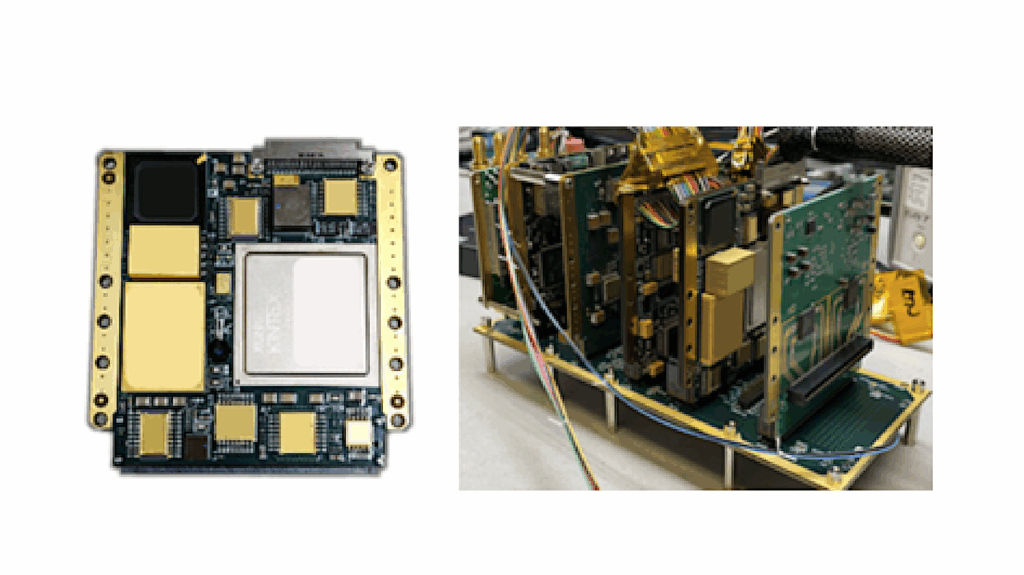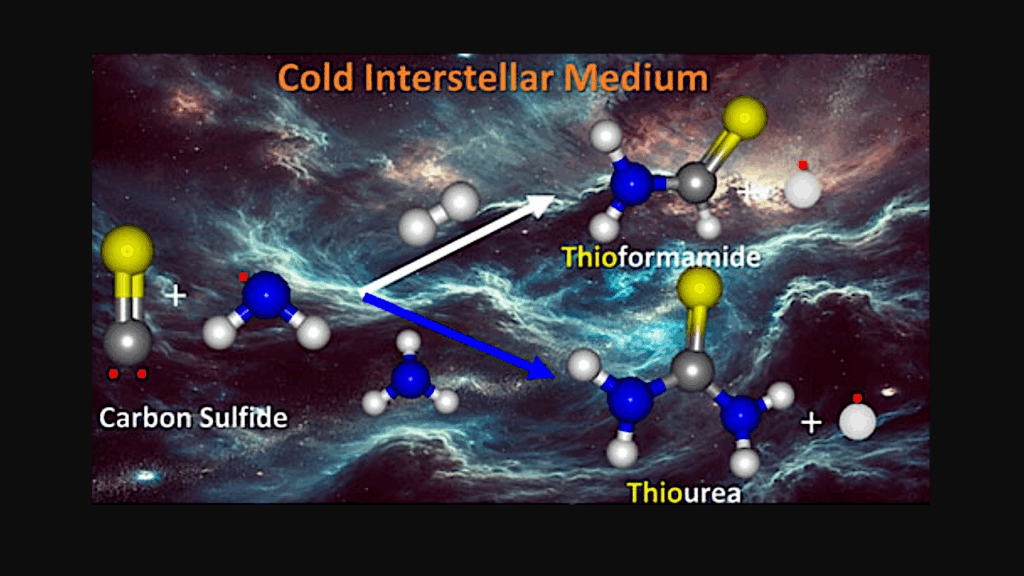Searching For Giant Exoplanets Around M-dwarf Stars (GEMS) I: Survey Motivation

Recent discoveries of transiting giant exoplanets around M-dwarf stars (GEMS), aided by the all-sky coverage of TESS, are starting to stretch theories of planet formation through the core-accretion scenario. Recent upper limits on their occurrence suggest that they decrease with lower stellar masses, with fewer GEMS around lower-mass stars compared to solar-type.
In this paper, we discuss existing GEMS both through confirmed planets, as well as protoplanetary disk observations, and a combination of tests to reconcile these with theoretical predictions. We then introduce the Searching for GEMS survey, where we utilize multi-dimensional nonparameteric statistics to simulate hypothetical survey scenarios to predict the required sample size of transiting GEMS with mass measurements to robustly compare their bulk-density with canonical hot-Jupiters orbiting FGK stars.
Our Monte-Carlo simulations predict that a robust comparison requires about 40 transiting GEMS (compared to the existing sample of ∼ 15) with 5-σ mass measurements. Furthermore, we discuss the limitations of existing occurrence estimates for GEMS, and provide a brief description of our planned systematic search to improve the occurrence rate estimates for GEMS.
Shubham Kanodia, Caleb I. Cañas, Suvrath Mahadevan, Eric B. Ford, Ravit Helled, Dana E. Anderson, Alan Boss, William D. Cochran, Megan Delamer, Te Han, Jessica E. Libby-Roberts, Andrea S.J. Lin, Simon Müller, Paul Robertson, Guðmundur Stefánsson, Johanna Teske
Comments: 16 pages + references, including 7 figures. Accepted in AAS Journals
Subjects: Earth and Planetary Astrophysics (astro-ph.EP); Instrumentation and Methods for Astrophysics (astro-ph.IM)
Cite as: arXiv:2402.04946 [astro-ph.EP] (or arXiv:2402.04946v1 [astro-ph.EP] for this version)
https://doi.org/10.48550/arXiv.2402.04946
Focus to learn more
Submission history
From: Shubham Kanodia
[v1] Wed, 7 Feb 2024 15:30:17 UTC (600 KB)
https://arxiv.org/abs/2402.04946
Astrobiology








